Enterprise Agile Planning Tools streamline agile processes, enabling organizations to coordinate efforts across teams efficiently. These tools provide visibility and scalability to agile practices.
Organizations utilize Enterprise Agile Planning Tools to enhance collaboration and track project progress in real-time. These tools support strategic planning and help align development efforts with business objectives, offering features such as backlog management, sprint planning, and analytics to optimize productivity. They integrate with existing tools to provide a comprehensive solution for agile project management.
What are the key features of Enterprise Agile Planning Tools?In the finance industry, these tools can help manage complex projects while ensuring regulatory compliance. In the technology sector, they enable faster product development and adaptation to changes, supporting innovation.
The tools are beneficial for organizations looking to improve product delivery speed and team collaboration. They help businesses adapt quickly to changing requirements while maintaining a clear focus on their project goals.
| Product | Market Share (%) |
|---|---|
| Microsoft Azure DevOps | 38.1% |
| GitLab | 28.6% |
| ServiceNow Strategic Portfolio Management | 6.0% |
| Other | 27.299999999999997% |

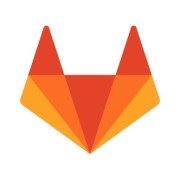

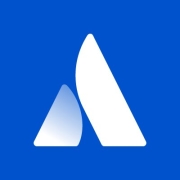




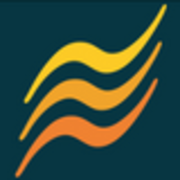
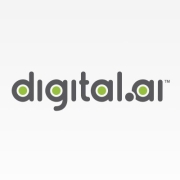

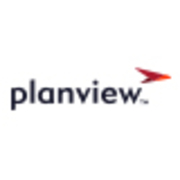
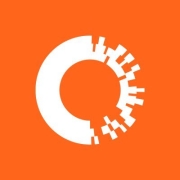
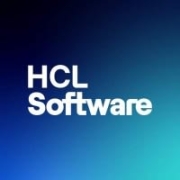
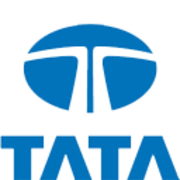
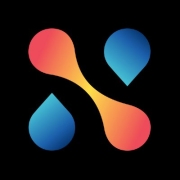









Agile planning is important because it’s a method of project management that allows for quick changes to be made as a project progresses. These changes could include adapting plans to changing market conditions or shifting priorities to meet the needs of the customer. The flexibility of agile planning allows for more creativity and innovation in the workplace, resulting in better products and services. The agile planning process is a living, fluid approach to planning projects. It includes analysis, visualization, and iteration. The goal is to continually improve the project plan as the project progresses.
Enterprise agile planning tools are designed to integrate seamlessly into a company’s current IT infrastructure, enabling the team to view all projects, track milestones and timelines, plan sprint priorities, and adjust project estimates.
Enterprise agile planning tools are a classification of software that helps managers plan, organize, and execute their work. These tools are classified as enterprise because they can be used to manage an entire company's projects and resources.
Enterprise Agile Planning Tools streamline communication across teams by providing a centralized platform for all project-related information. This enhances transparency and alignment, fostering collaboration. You can easily track project progress, manage backlogs, and coordinate tasks, reducing the silos that often impede effective teamwork. By using these tools, your teams can collaborate more efficiently and adjust quickly to changes, ultimately driving better project outcomes.
What are the key features to look for in an Enterprise Agile Planning Tool?When selecting an Enterprise Agile Planning Tool, prioritize scalability, integration capabilities, and user-friendliness. Look for functionalities like backlog management, sprint planning, real-time analytics, and reporting. It's important for the tool to offer robust support for frameworks such as Scrum, Kanban, or SAFe. These features ensure that the tool can grow with your organization while seamlessly integrating into existing workflows, ultimately enhancing productivity and agility.
Can Enterprise Agile Planning Tools be customized for different teams?Yes, Enterprise Agile Planning Tools are highly customizable to fit the unique needs of different teams within an organization. You can tailor workflows, templates, and reporting dashboards to match team-specific processes and objectives. This customization capability allows you to align the tool's functionality with your team’s particular Agile practices and project requirements, thereby improving team efficiency and effectiveness across various projects.
How do Enterprise Agile Planning Tools support scaling Agile across the organization?Enterprise Agile Planning Tools facilitate the scaling of Agile practices by providing frameworks and structure that support large, distributed teams. These tools offer features like program boards, dependency management, and portfolio planning, which help maintain alignment as teams grow. They enable consistent Agile practices across the organization, ensuring that teams remain synchronized, thereby fostering a unified approach to Agile implementation that drives coherent and scalable Agile transformations.
Why is real-time analytics important in an Enterprise Agile Planning Tool?Real-time analytics offers immediate insights into project performance, resource utilization, and team productivity. With this capability, you can make data-driven decisions instantaneously, identify bottlenecks early, and reallocate resources as needed. This enhances the agility and responsiveness of your projects, allowing you to keep pace with dynamic business environments and deliver higher quality products faster. Such visibility enables proactive management, ensuring that your projects stay on track and meet strategic objectives.